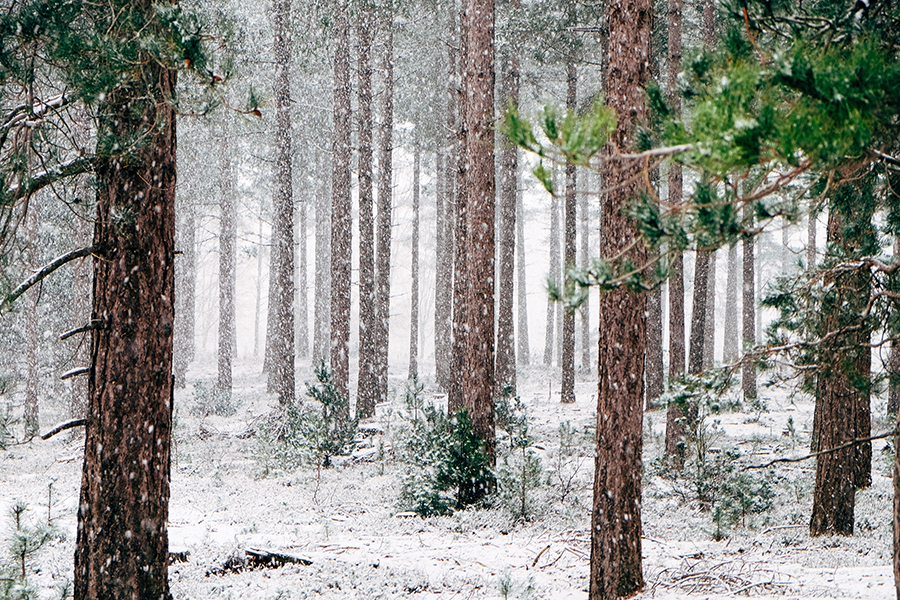There are giants in our forests, trees towering hundreds of metres high that an entire family can barely reach around, standing hand-in-hand.
The B.C. government is currently assessing the management of old growth forests in the province. As part of this process, an independent panel of two people are conducting surveys across the province to access the cultural, ecological, and economic values of these forests and will be bringing their conclusions to the government this spring.
Around 33 per cent of the 13.2 million hectares of old growth forests in the province are under some level of protection, including in parks, ecological reserves, and management areas. Large portions of the unprotected forests are available for logging, and many in B.C. are angry with the current unethical logging of these delicate ecosystems.
Last February, a letter with over 20,000 signatures was sent to the B.C. premier calling for a reduction in logging of old growth forests. In September, Vancouver Island residents protested in front of the B.C. Ministry of Environment and Climate Change Strategy building as part of the climate protests to express disapproval for current logging practices on the island.
People have reason for their frustrations. A 2018 investigation by the Ancient Forest Alliance, which was reviewed by The Narwhal last year, found that B.C. Timber Sales was not complying with regulations designed to protect old growth forests in Nahmint Valley.
This government organization is responsible for auctioning off provincial logging permits. Their lack of compliance with laws sets a disturbing precedence. When they don’t follow old growth logging practice outlines, it cascades to other related industries, causing more damage to the forests.
The old growth rainforests of B.C. are one of the most unique habitats in the world and are home to many at-risk species that can’t survive without the forests.
The marbled murrelet is a seabird that only nests in the branches of old growth trees, and is listed as threatened by the federal government. The northern spotted owl also only nests in old growth forests that are at low elevations. B.C. is thought to have less than 100 adult pairs left.
However strong the opinions of the people are, the government has a tendency to listen the closest to its own panels and the people they have chosen to manage those panels. Currently there are a group of only two people trying to gather the opinions and perspectives of a province of five million, which they will be presenting to the government in spring of this year. The online questionnaire will be available until Jan. 31, and both online submissions from industry professionals and general emails to the panel are still open.
The B.C. government has chosen to ignore the unethical logging practices of the forest industry regarding old growth forests. These are complex ecosystems, housing hundreds of unique species and trees well over 150 years old.
Old growth ecosystems take a lifetime to develop, but only a season to destroy. When these forests die, these animals die with them, and we lose trees that have watched over this land since before you were born.


